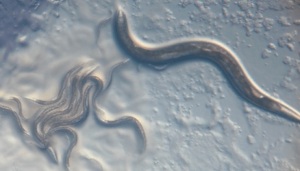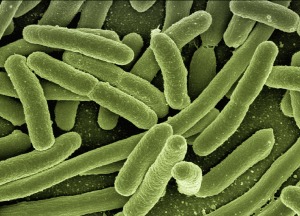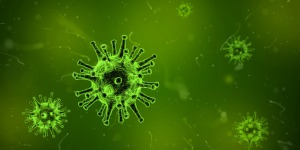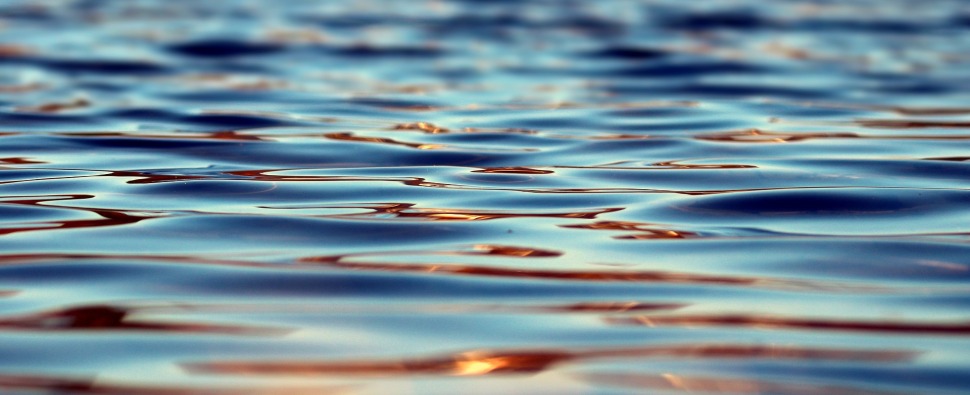As part of my Bug Out Bag series, today I’m looking at another key task the kit in my bug out bag needs to perform. Water Purification.
When I started researching this post I thought I knew everything I was going discuss and I would just be topping up my knowledge, but I was wrong. My research revealed many surprises which could have left me in serious trouble if I hadn’t prepared properly when it came to a time when I needed the bag. I’ve never been more thankful to the water utility provider I’ve always taken for granted!
In the UK we’re very lucky to have some of the cleanest water in world delivered to our sinks and toilets with just a turn of a wheel and we take no time to think of the process, the treatment and the effort which goes into making sure we don’t get sick every time we take a sip. But out there, out in the wild, we need to think about what’s in the water which could make us very, very ill and all at a time we need to be at the peak of our fitness and the peak of our awareness or we just won’t survive.
So what’s in the water?

The majority of the problems start and finish with poo. Yes, animal faeces, plus if the wilderness gets crowded we’ll need to concern ourselves with a growing problem of human faeces too. In a disaster scenario, the first priority is get safe, the second priority is to stop people from dying by giving them access to clean water and effective sanitation.
Why?
I’m no biologist, so the majority of the information in this post is taken either from the Centres For Disease Control and Prevention (CDC) website, see link the below, and the product information for the LifeStraw.
https://www.cdc.gov/healthywater/drinking/travel/backcountry_water_treatment.html
Parasites
Their technical name is Protozoa and we’re concerned with two common types, Cryptosporidium and Giardia Intestinalis. These organisms can cause nasty gastrointestinal illness, such as vomiting, cramps and diarrhoea in a healthy person, but much worse in someone with a compromised immune system.
Bacteria
Most of us would have heard of these culprits from limited outbreaks which make the news. Campylobacter, Salmonella, Shigella and E Coli. If you’ve ever had food poisoning then you’ll take this risk seriously. You’ll be lucky to get away with forty-eight hours of being unable to move from the toilet and the bucket, but imagine if you’re trying to run for your life at the same time!
Viruses
As a sixteen year old in the welsh hills my dad was hiking with his friends, he needed to drink from a stream and so walked against the flow for a kilometre and having found nothing of concern, he walked back again to take his drink. It was only when he headed home following the same stream he came across a rotting sheep in the river two kilometres from where he’d drunk.
I’m not sure how long after, but he was soon rushed to hospital and within days he was in a coma, diagnosed with meningitis. He survived, but suffered severe nerve damage along one side of his body, leaving him with poor sensation in his extremities. Thankfully he went on to live a full life and is still around to tell the tale.
Enterovirus, hepatitis A, norovirus, rotavirus, meningitis, could all be present in the water and along with giving you a real bad time in your stomach, the damage to your health could be much more serious and long term.
What does it mean for us?

We treat the water before we drink it. Seems obvious and it is, but what isn’t so clear is how we treat it. Before my research I thought the best way to treat water would be with chemicals. I’d tried this in the past, buying tablets to dissolve in the water, but its taste made me keen to find a better way.
What I found in my research surprised me and I’ve summarised for you all below.
The main ways to treat water start with a pre-filter. This means straining away the larger bits you can see, like plant life, bugs, dead & alive and larger bits of dirt and debris. I think coffee filters will be great for this, or nylon clothes would do just as well. We’ll look at the best choice in a later post. Pre-filtering does nothing to the nasties in the water, so now we’ll look how me neutralise what’s lurking to feed off your insides.

Rolling Boiling – This means continuously boiling the water. CDC recommend one minute of boiling, other sources recommend longer. The kit for doing this is in the bag, but it’s not quick and uses your valuable fuel or even more time gathering wood. The water will taste much like it did before you boiled it.
Filtration – With no pre-filtering required, we’re not just getting rid of what you can see, we’ll remove the nasties from the water, too. Different filter sizes are required to remove different contaminants, with the smallest being 0.3 microns. Quite literally this means the contaminants larger than the hole size won’t fit through and be drawn into your mouth. Currently there is nothing in the bag to do this, but a good example of the water filtration system is the LifeStraw discussed in my Battering for Your Life post.
Chemical Treatment / Disinfection – There are three common types of chemical treatment. Iodine, Chlorine and Chlorine Dioxide. All types of treatment are relatively common and available as either tablets or in liquid form, with the later being the result of mixing two liquids together. Chlorine Dioxide treatment is among the most common form of treatment used by municipal water authorities for the water in your pipes.
Each of the different treatment methods have varying effectiveness against the different hazards and I have summarised the information below, including the LifeStraw Personal on the right hand side as a good example of shop ready filtration method.
Hazard |
Symptoms |
Effectiveness of treatment |
||||
Pre-filtration & Boiling (1 minute) |
Filtration |
Iodine / Chlorine |
Chlorine Dioxide |
LifeStraw Personal Water Filter (0.2 micron) |
||
Protozoa – Cryptosporidium |
Vomiting, cramps, diarrhoea |
Very High |
High (1 micron) |
None |
Low to Mod |
Very High |
Protozoa – Giardia intestinalis |
Vomiting, cramps, diarrhoea |
Very High |
High
|
Low to Mod |
High |
Very High |
Bacteria |
Vomiting, cramps, diarrhoea |
Very High |
High
|
High |
High |
Very High |
Virus |
Vomiting, cramps, diarrhoea, nerve damage, death |
Very High |
None |
High |
High |
None* |
Chemicals |
Limitless |
None |
None |
None |
None |
None |
Salt Water (Ocean, Brackish) |
Dehydration, death |
None** |
None |
None |
None |
None |
* LifeStraw Mission – There is a version of the LifeStraw which is effective against viruses and chemicals, called the LifeStraw Mission. It has a much larger water capacity, but is however designed for use within a community and its price tag is over five times that of the LifeStraw Personal Water Filter.
** Salt Water – None of the methods listed above provide the ability to make salt water drinkable. Salt water is not drinkable because the kidneys are unable to make urine which has more salt than is present in salt water, therefore you need more water to process the salt content and you quickly become dehydrated. The salt needs to be removed from the water before you ingest it and we’ll cover this in a later post where we explore how to obtain drinking water when it’s not so obvious.

Conclusion
The main education I take from researching this post is the filtration method, specifically the LifeStraw. It doesn’t give you protection from viruses, but does give you a high degree of protection from the rest of the biological hazards. To me it’s clear, where you are able you should be pre-filtering, then boiling your water for at least one minute, but where you cannot achieve this, water should be collected, treated with Chlorine Dioxide tablets, then drunk through the LifeStraw or some other filtration device. This will give you a good level of protection against what might be lurking in the water source you stumble upon after hours of running for your life.
So in the bug out bag we’re adding the LifeStraw, but we’re also going to add a whole heap of Chlorine Dioxide tablets for when we don’t have a chance to get the burner roaring.
So what do you think? Let me know your thoughts or stories in the comments.
In the End…Why not read about what happens to  a group of friends whose world collapses around them, forcing them to make difficult decisions just to stay alive. It’s not going to be comfortable, or an easy ride. Find out if they’ve got what it takes to survive when they’re no longer at the top of the food chain…
a group of friends whose world collapses around them, forcing them to make difficult decisions just to stay alive. It’s not going to be comfortable, or an easy ride. Find out if they’ve got what it takes to survive when they’re no longer at the top of the food chain…
Yep, I used the standard sterilising tablets, two per litre. Although the water did taste better directly from a clear fast flowing stream, while the tablets added a bitterness, the price for assured health, although I blamed this for giving me constipation. But then again it could have been the dried high protein food, however an apple usually sorted that out – life goes on.
LikeLiked by 1 person
A most edifying post – thank you.
LikeLiked by 1 person
Thank you for this useful post. Have a great day. Michael 😉
LikeLike
Did you run into ceramic water filters while you were doing your research? That’s what I have and use when trekking into the wilderness for days at a time — mostly mountains. There’s something about trecking in the mountains I can’t resist.
LikeLiked by 1 person
No I didn’t. I’ll look them up. We’re limited on the mountains where I live but I have climbed in Wales and Scotland which is always a good challenge. Thanks for stopping by!
LikeLike